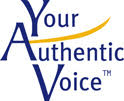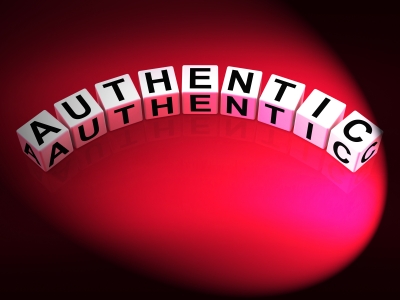Don’t we love that? All of these are examples of walking the talk. The result? Believability. Credibility. Trust.
These “small” actions reflect who we are and what we represent — our beliefs and values.
When our message is congruent with these, we communicate our authenticity. We communicate we are the “real deal.”
I’ll never forget meeting Ossie Davis.
He was a famous actor and civil rights activist. At the time, I was the executive director for a nonprofit organization and had hired him to speak at an MLK dinner. We had a limited budget, so he agreed to fly coach (very unusual). When I picked him up at the airport, he greeted me with a smile and asked me about the organization as we drove to the hotel. He was humble, friendly and kind. In the brief time I spent with him, he communicated his caring for humanity. He communicated his values — that we are all created equal. He walked his talk before, during and after the event. He left a huge impression with everyone he touched because all the dots lined up. He was for real.
How do we get real in our speaking and branding?
Here are a few suggestions:
1. Get clear about your primary values and hold yourself to them. If it’s important to be perceived as honest, trustworthy and reliable (of course), then be impeccable with your word. Keep it even when it’s inconvenient or uncomfortable. If it’s important to provide value (of course), then do it even if it means you have to give more than you planned. As a speaker, it doesn’t work if we have a message about how important it is to be a compassionate leader, for instance, and then yell at the staff. Our individual and organizational actions need to back up our values. If there’s a lack of alignment, commit to making a change. It’s never too late.
2. Speak from your authentic voice and let others know what they can expect from you. Ensure your clients, employees, investors, donors, volunteers, board members — whomever your primary stakeholders are — know who you are and what you provide. Communicate clearly in person and in your materials. Be as specific as possible. If you can’t be specific about something, be specific about that!
3. Claim your niche — your platform — and invite your tribe. Speak to those who will naturally love you because they share your values, and let them share your story. The power of word-of-mouth marketing has increased exponentially with social media, so get real and get out there! Let your tribe know you exist and where you are so they can join you and tell everyone else.
4. Be consistent. As a speaker, bring your “A” game to every presentation. Even if you’re repeating material, phoning it in is not an option. Our audiences invest their time and energy with us. We need to give them our best. It goes without saying, this applies to your brand. How often do you watch a commercial, but your personal experience with that brand is a 180? I know there are a lot of moving parts. We’re all human. Things happen. Being authentic means taking responsibility when things go awry and making them right.
5. Be creative and distinctive. Tell your story so you stand out. In this information-drenched world, it’s critical to be creative to be heard. Plus, it’s a whole lot of fun!
Getting real in our speaking and branding means getting real with ourselves first. Authentic is as authentic does. I’d love to support you. You can reach me at Andrea@AndreaBeaulieu.com.
Image of “Authentic Dice Show Certified And Verified Authenticity” by Stuart Miles via freedigitalphotos.net


Leave A Comment